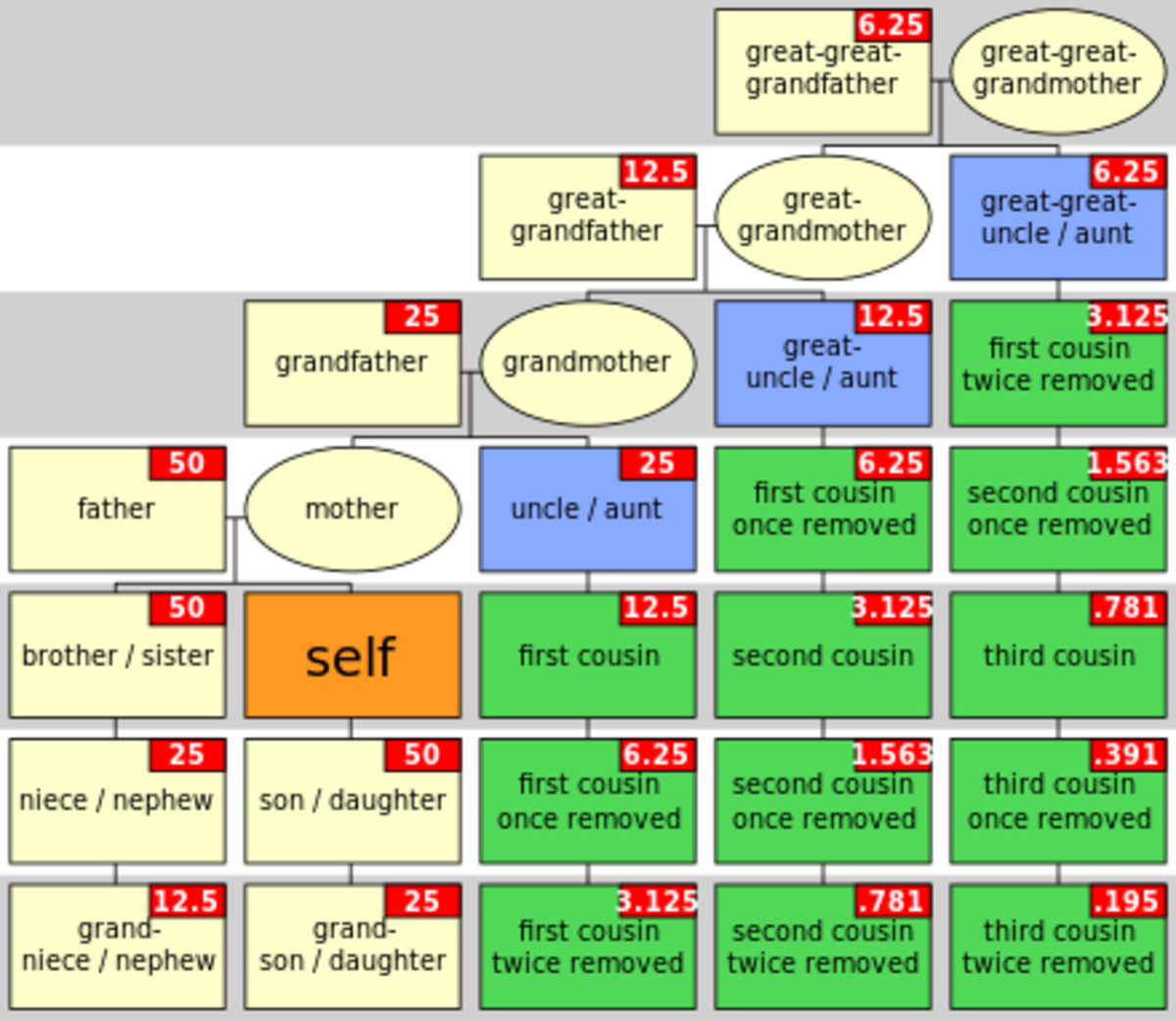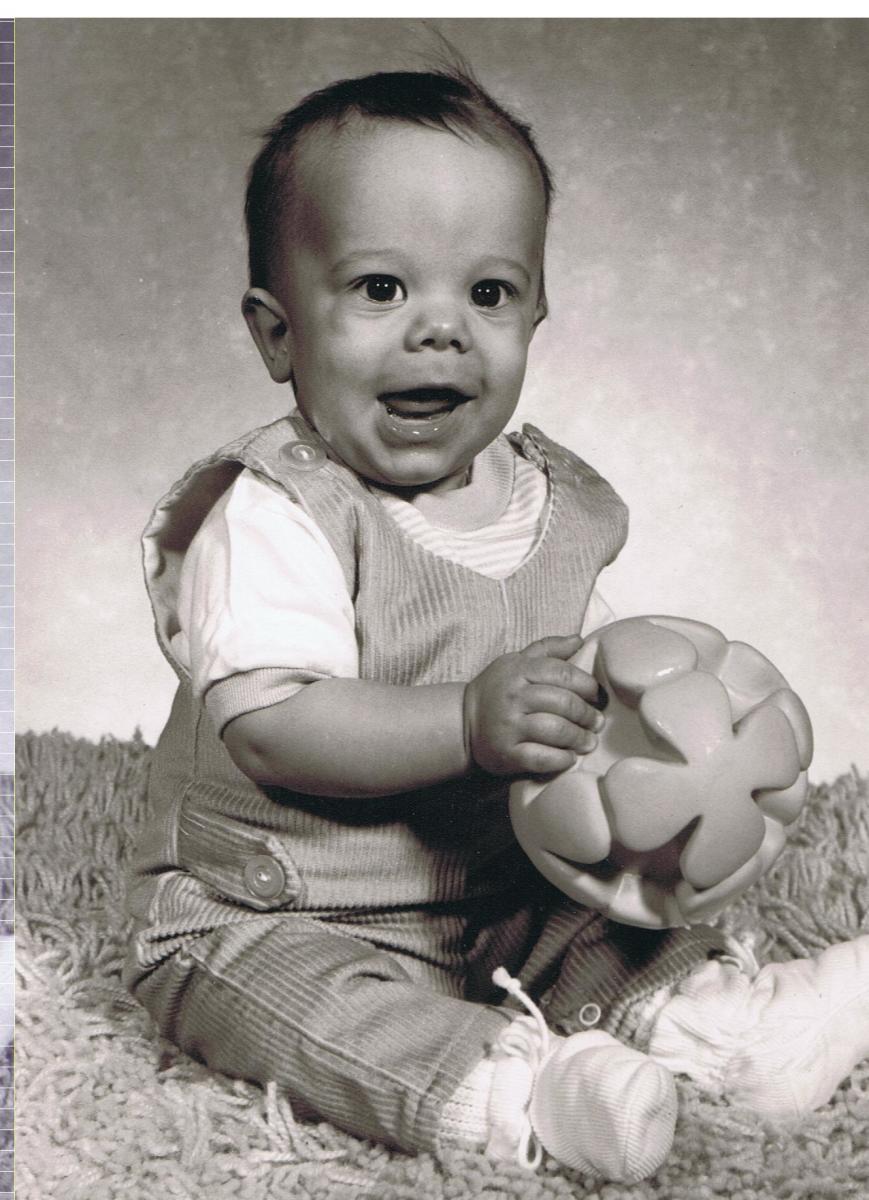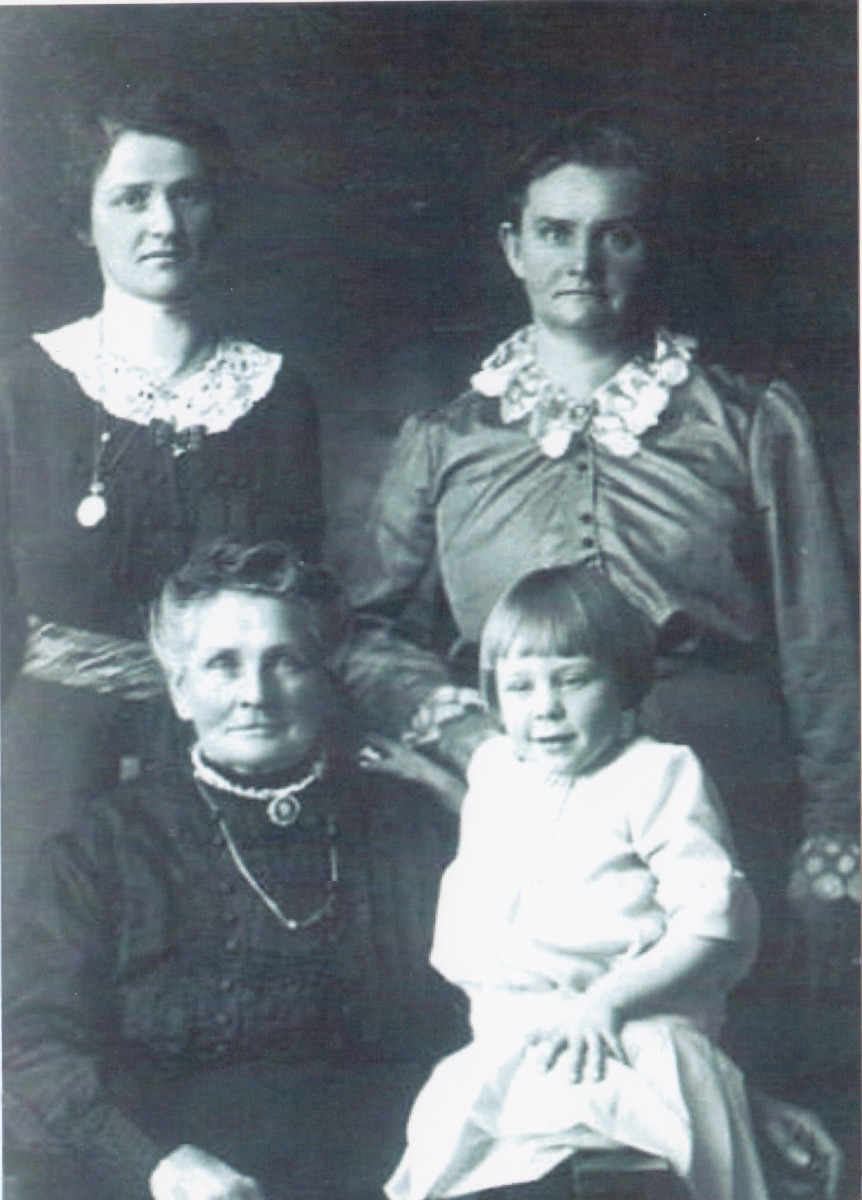Rules of Thumb For Successful Genealogy Research

To avoid climbing the wrong branch on your family tree for months or even years, here are a few rules of thumb long-time genealogists and family historians faithfully follow for successful research:
- There's a grain of truth in every family story passed down from one generation to the next.
- When the "facts" don't feel "right", they probably aren't.
- As a rule, young fathers did NOT die in their twenties.
There's a grain of truth in every family story...
This is probably THE most important rule of thumb when trying to verify a family story passed down through many generations.
Which part was most likely to have been embellished in the telling and re-telling? (Hint: Anything that would imply your ancestor was famous, connected to anybody or anything famous, or royalty.)
One of my grandsons, a Fourth, was named after a "famous horse"...or so the story went in my son-in-law's family.
Naturally, this did not sit well with my daughter who was all for Family Tradition, but not for hobbling...excuse the pun...her offspring with a "horsey" middle name that might make him the butt of schoolyard jokes later on. Nor was Little 4th's other grandma thrilled at her grandson being named after a horse..
Turns out the ancestor whose first name started the tradition was named for the tiny burg in which he was born near Belmont in upstate New York...which is not the Belmont of horse racing's Belmont Stakes.
A bit of googling revealed that shortly after he was born, there was a rather famous racehorse whose name was one letter off from that ancestor's birthplace.
What was intended as nothing more than a clever memory jogger for the ancestor's birthplace morphed into the story that my grandson, his dad, granddad, and great-granddad were "named after a famous horse".
When "facts" don't feel "right", they probably aren't.
Although it may not take an earth-shattering surprise at the courthouse to learn this one, good genealogists and family historians listen to that little voice when "facts" don't feel "right".
A friend who was certain she'd thoroughly researched her mother's side of the family was contacted by a woman I'll call Christine, who claimed to be a descendant of my friend's great-grandfather, "Capt. John" Morris, by his second wife in Olney, Illinois, two states away.
Second wife???
My friend replied that her ggf had only ever had one wife, and had never lived in Olney, Illinois.
Being a shirttail relative through a great-aunt, I also had never heard of Capt John having any other wife besides my friend's ggm. My grandmother always spoke of her older sister's father-in-law as if he could walk on water...a regular paragon of virtue in our hometown.
But "Christine" was adamant that he'd married a second time at a church in Olney, IL, a union which produced a son. A copy of the marriage record, however, showed a different middle name, a birthyear that made him younger...ah, vanity!...and a birthplace different from the "real" Capt John's.
My friend could've ignored Christine's claims and continued to believe he'd only had one wife.
Instead, she spent a day at the courthouse 100 miles away, where she was floored to learn her ggm had divorced this "paragon of virtue" on grounds of abandonment of twelve months duration, and that the papers had been delivered to him at an address in...Olney!
Christine's great-grandmother first learned Capt John had another wife 600 miles away when the divorce papers arrived, at which point she also filed for and was granted a "divorce", even though technically the "marriage" had never been valid. In her eyes, and the eyes of God and the State of Illinois, it was.
We now suspect there were other "marriages" and possibly more children. The absences of this "fine upstanding citizen" were routinely written up in the local newspaper. Two trips to the county historical society to peruse old newspaper clippings yielded several instances during which he was most likely conducting more than "business" (which is why we now call him "Randy John"). :) :)
As a rule, young fathers did NOT die shortly after the birth of the 3rd or 4th child.
This is usually a tough one, because at first you may not suspect there's anything amiss.
If a young husband in the 1800s died in his early- or mid-twenties, and was a farmer, one could easily assume it was an accident - for instance, falling from a roof, a tree falling on him, runaway horse - or from a disease like cholera or typhoid.
But if his "death" occurred shortly after the birth of a third or fourth child, children that arrived in rapid succession, chances are he lived a long, healthy life. Somewhere else. That he did what many men still do today - walked out and never came back.
The first red flag will be that he isn't buried where he supposedly died, no death date is noted in the Family Bible, and no mention of his death appears in the local newspaper.
A second red flag will be that the "widow" doesn't remarry within a year or two. She doesn't dare... Hubby could reappear at any time, and "Widow" is more socially acceptable than "abandoned". It also garners more sympathy for her and the children that she's now raising alone. If she does want to remarry, she has to wait and hope that eventually he really does die, or go public and file for divorce, as my friend's great-grandmother did. Women who didn't believe in divorce were pretty much stuck with the first option.
Once you factor these tips into your research, you'll be amazed at how many "dead" young fathers magically come back to life in the next census, usually in a different county or even a different state. Depending on the length of time between a twenty-something ancestor's "death" and the census, don't be surprised if he has also acquired a new wife and several children younger than those he left behind. This is your cue to look for a divorce from the "Widow" as well as a record of the marriage to the new wife.
Kansas Territory, btw, was rife with "dead" husbands and fathers. Between 1854 when it was opened to white settlement, and 1861, when it achieved statehood, it was a favorite hiding place for men who wanted to leave behind their lives "back in the States".








